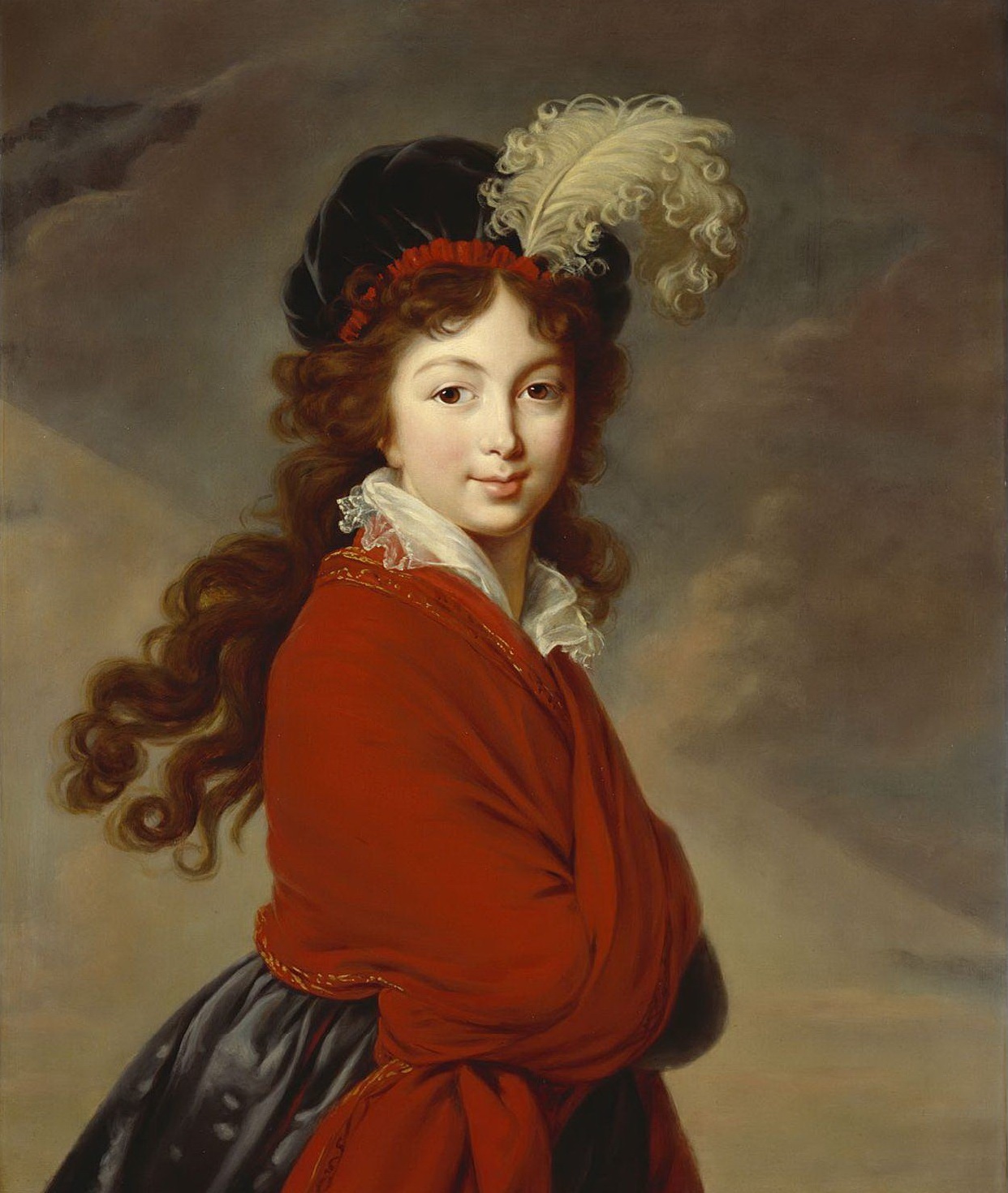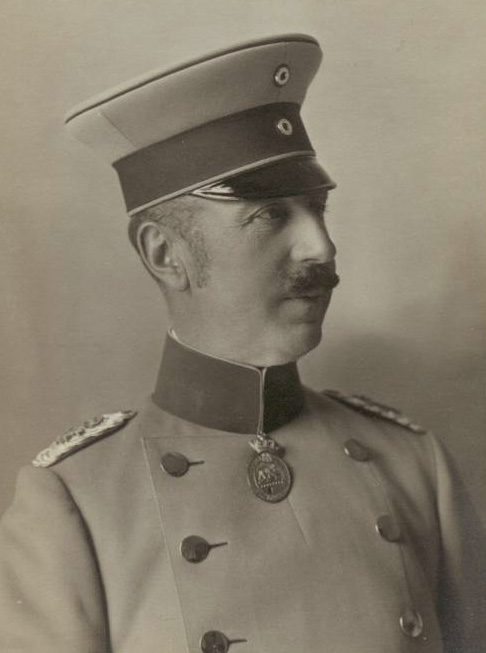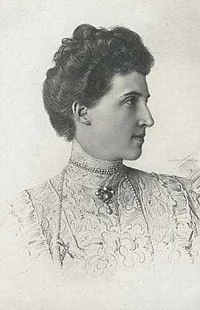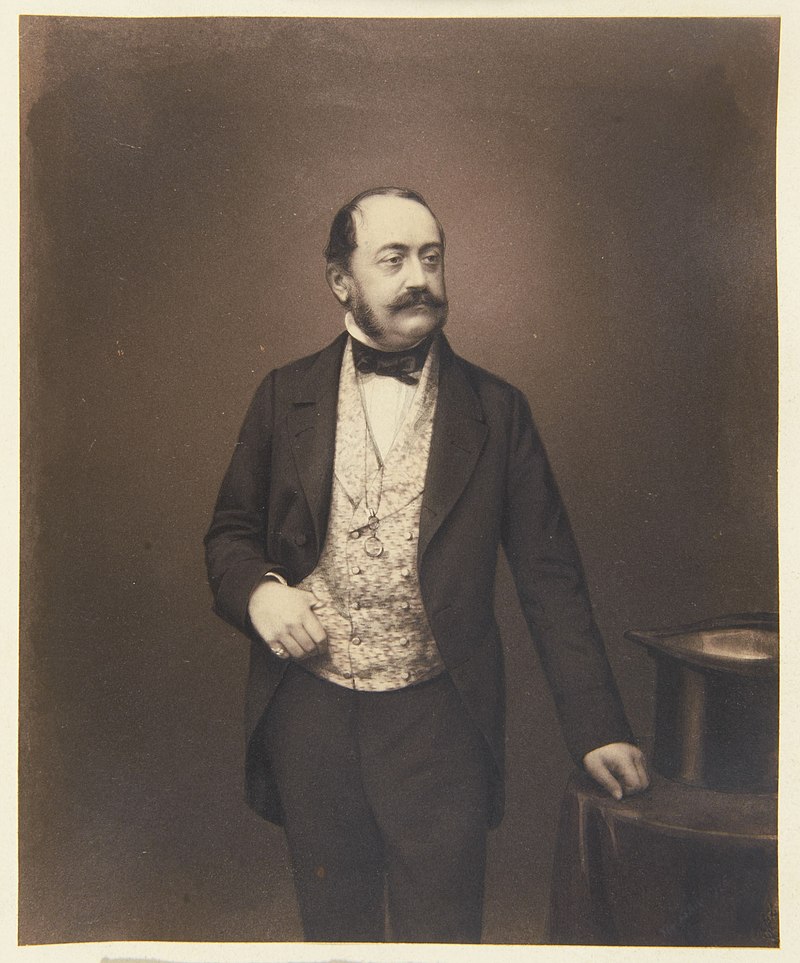by Scott Mehl © Unofficial Royalty 2018

Juliane of Saxe-Coburg-Saalfeld, Grand Duchess Anna Feodorovna of Russia; Credit – Wikipedia
Princess Juliane of Saxe-Coburg-Saalfeld was an aunt to both Queen Victoria of the United Kingdom and her husband Prince Albert of Saxe-Coburg and Gotha. Born Juliane Henriette Ulrike on September 23, 1781, in Coburg, Duchy of Saxe-Coburg-Saalfeld, now in the German state of Bavaria, she was the third daughter of Franz Friedrich Anton, Duke of Saxe-Coburg-Saalfeld and Countess Auguste of Reuss-Ebersdorf.
Juliane had eight siblings:
- Sophie (1778 – 1835), married Emmanuel, Count von Mensdorff-Pouilly, had six sons
- Antoinette (1779 – 1824), married Alexander of Württemberg, had four sons and one daughter
- Ernst I, Duke of Saxe-Coburg-Gotha (1784 – 1844), married (1) Princess Louise of Saxe-Gotha-Altenburg, had two sons, Ernst II, Duke of Saxe-Coburg and Gotha and Prince Albert, husband of Queen Victoria; married (2) Duchess Marie of Württemberg, daughter of his sister Antoinette, no issue; had three illegitimate children
- Ferdinand (1785 – 1851), married Princess Maria Antonia Koháry, had three sons and one daughter including Ferdinand. King Consort of Portugal and Victoria, Duchess of Nemours; was the grandfather of Tsar Ferdinand I of Bulgaria
- Victoria (1786 – 1861), married (1) Emich Carl, 2nd Prince of Leiningen, had two children (2) Prince Edward, Duke of Kent, had one child Queen Victoria
- Marianne Charlotte (1788 – 1794)
- Leopold I, King of the Belgians (1790 – 1865), married (1) Princess Charlotte of Wales, only child of George, Prince of Wales (King George IV), died in childbirth along with her son (2) Princess Louise of Orléans, had three sons and one daughter including Leopold II, King of the Belgians and Charlotte, Empress Carlota of Mexico
- Franz Maximilian Ludwig (1792 – 1793)
Grand Duke Konstantin Pavlovich of Russia; Credit – Wikipedia
In 1795, Catherine II (the Grea), Empress of All Russia sent Count Andrei Budberg on a visit to the royal courts of Europe, secretly searching for a potential bride for her grandson Grand Duke Konstantin Pavlovich of Russia. Konstantin was the second son of the future Paul I, Emperor of All Russia and Sophie Dorothea of Württemberg, and younger brother of the future Alexander I, Emperor of All Russia.
While traveling, Budberg became ill and stopped in Coburg where he was treated by Baron Stockmar, the Coburg court’s physician. Stockmar learned of the general’s ‘mission’, and suggested the daughters of the Duke of Saxe-Coburg-Saalfeld. Once the prospect of a Coburg bride was approved by Catherine the Great, Juliane and her two elder sisters, accompanied by their mother, traveled to Saint Petersburg in August 1795. After several weeks, Konstantin chose Juliane, and the two became engaged.
In early February 1796, Juliane was baptized into the Russian Orthodox Church and took the name Anna Feodorovna. Just weeks later, on February 26, 1796, she and Konstantin were married. The marriage was unhappy from the beginning and they had no children. From most accounts, Konstantin was forced into marrying and had no real interest in Juliane. Both were still teenagers, had little in common, and Konstantin was focused solely on his military career. He was also known to be quite violent toward her. Extremely jealous, particularly of his elder brother Alexander, Konstantin would not allow Juliane to leave her rooms unless he was accompanying her. Her only friend at the Russian court was her sister-in-law, the former Luise of Baden.
In 1799, Juliane left Russia under the auspices of medical treatment but was soon forced to return. After her father-in-law Paul I was assassinated in 1801, she once again found an opportunity to leave. Later that year, her mother came to Russia to accompany Juliane to Coburg to recover from ill health. Upon arriving home in Coburg, she refused to return to Russia and soon began negotiating for a divorce. However, the Russian court would not allow a formal end to the marriage.
Although still technically married, Juliane had several affairs, two of which resulted in the birth of children. In October 1808, she gave birth to a son, Eduard Edgar Schmidt-Löwe. The father was believed to be French nobleman Jules de Seigneux but some believe the father was Emperor Alexander I. Ten years later, Juliane’s brother Ernst I, Duke of Saxe-Coburg and Gotha elevated Eduard to the nobility and gave him the surname ‘von Löwenfels’. After moving to Bern, Switzerland, Juliane gave birth to a second child, a daughter named Louise Hilda, in 1812. The father was Rodolphe de Schiferli, a Swiss doctor and professor who served as chamberlain of Juliane’s household for over twenty years. To avoid further scandal, the baby was adopted.

The mansion house at Elfenau. photo: Von RicciSpeziari – photo uploaded by User:RicciSpeziari. Photographer: Riccardo Speziari, CC BY-SA 3.0, https://commons.wikimedia.org/w/index.php?curid=5608824
In 1814, after refusing an offer of reconciliation from her husband, Juliane purchased an estate in Bern, Switzerland along the banks of the Aare River. She named the property Elfenau, and it became her home for the rest of her life. Here she entertained musicians and artists from around Europe and hosted numerous foreign diplomats. Finally, in 1820, her marriage to Grand Duke Konstantin Pavlovich of Russia was formally annulled by Emperor Alexander I. Several years later, in 1835, her son Eduard married his cousin Bertha von Schauenstein. She was the illegitimate daughter of Ernst I of Saxe-Coburg and Gotha, and therefore a half-sibling to Prince Albert, who married Queen Victoria of the United Kingdom.

Juliane, as painted by Winterhalter in 1848. source: Wikipedia
Anna Feodorovna, the former Princess Juliane, died at her home Elfenau in Bern, Switzerland on August 15, 1860. She is buried there, with a simple marble stone inscribed with just her name – ‘Julia-Anna’ – and the years of her birth and death.
This article is the intellectual property of Unofficial Royalty and is NOT TO BE COPIED, EDITED, OR POSTED IN ANY FORM ON ANOTHER WEBSITE under any circumstances. It is permissible to use a link that directs to Unofficial Royalty.






















